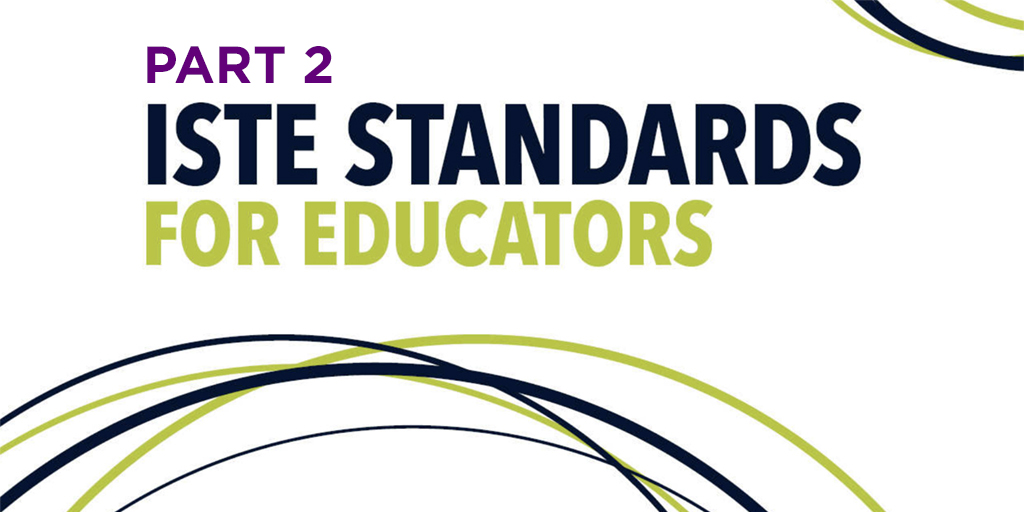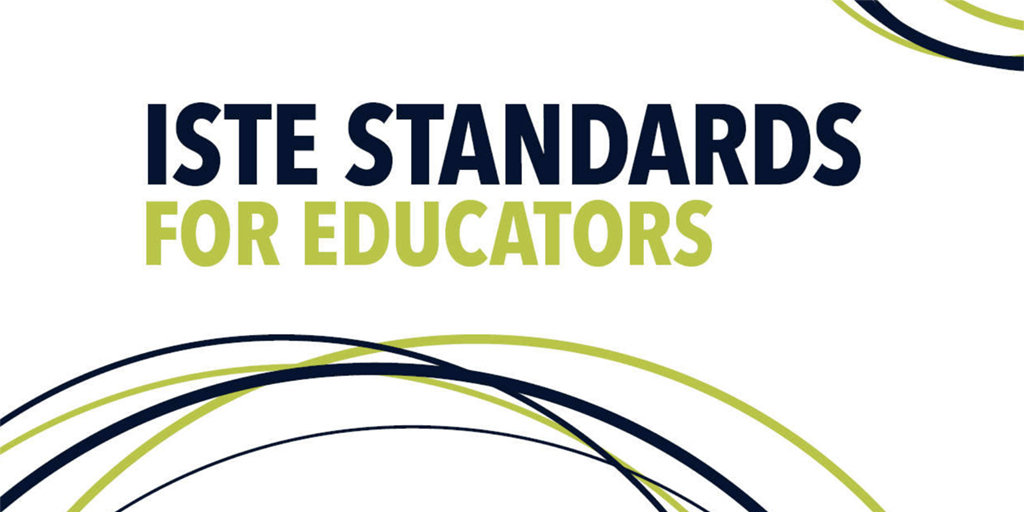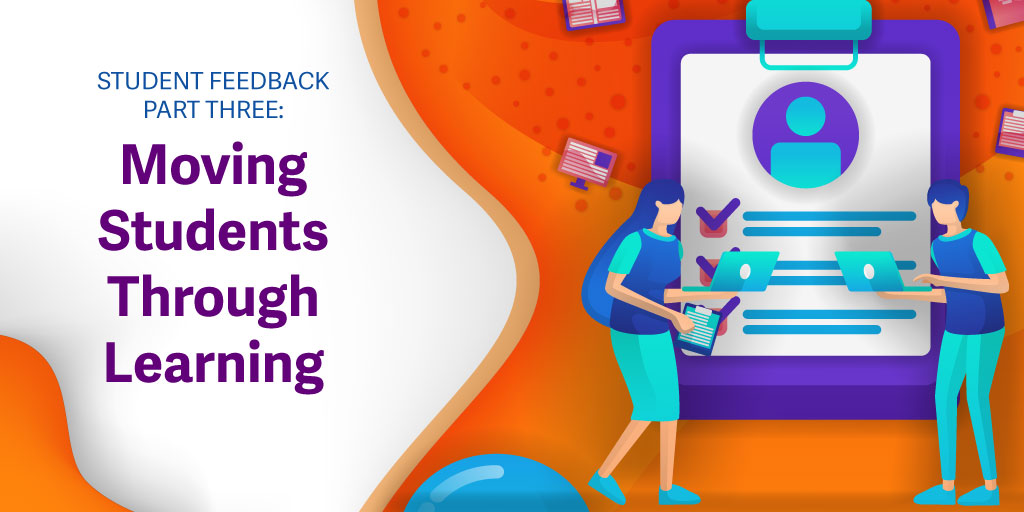Technology tools abound to help schools increase safety and security. As districts try to evaluate which of these tools are the best and which areas are the highest priority, it can become confusing.
In my opinion, it helps to look at each of the four phases of school security to breakdown which areas might need the most attention the soonest. It also typically helps to invest in prevention and mitigation more so than response and recovery. The dollars spent in being proactive go a lot further than the dollars spent in the recovery phase.
Even though that might be the case, it is important to take a wide view when considering different technology options for school safety. Some of the ideas are very narrow and will only support certain situations, but other options (like surveillance cameras) can assist schools in a wide variety of areas.











